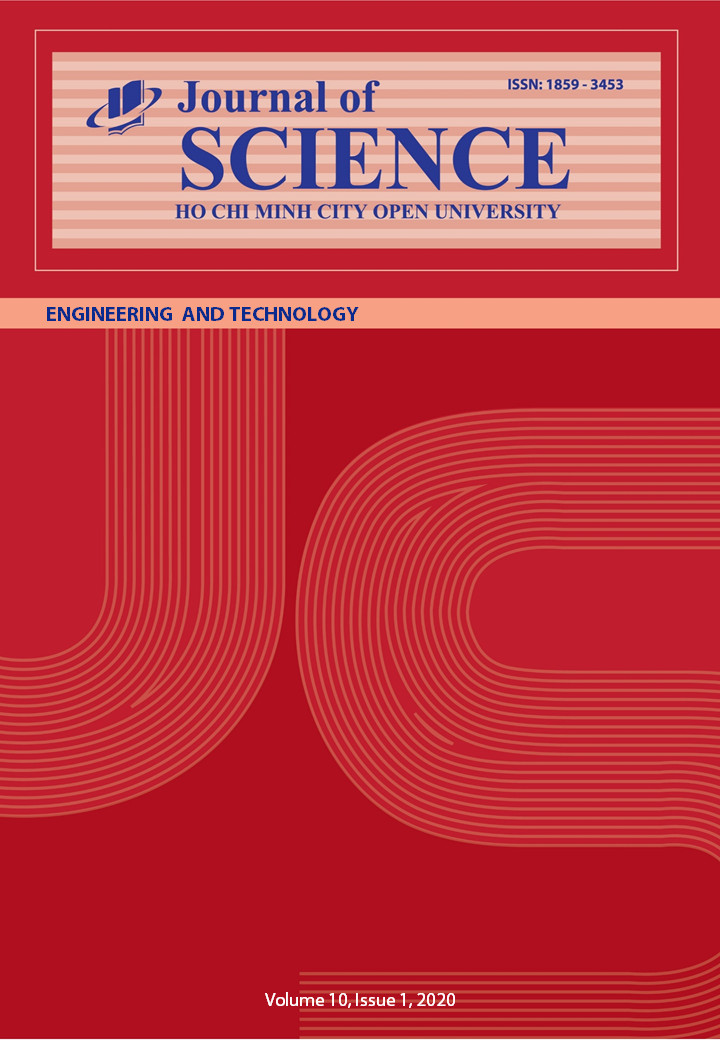Microbial diversity of Indigenous microorganism communities from different agri-ecosystems in Soc Trang province, Vietnam
Tóm tắt
Indigenous microorganism (IMO) has great potential for agricultural uses since they have high ability in biodegradation, nitrogen fixation, phosphate solubilization, plant growth hormone production as well as bio-control. This study aimed to determine the presence of some different major groups of microbes in IMO from different agri-ecosystem habitats like bacteria, fungi, actinomyces, Salmonella, Shigella, E. coli, and Coliform. The presence of bacteria, actinomyces, and fungi of IMO samples was identified by 27F/1492R, 243F/1378R and ITS1F/ITS4R primers, respectively. Numbers of bacteria, fungi, and actinomyces were determined by the plate counting method on TSA, PDA and Starch media, respectively. The numbers of Salmonella sp. and Shigella sp. were determined by the plate counting method on selective Salmonella and Shigella agar (SS agar) after incubation for 48 hours at 37oC while the density of Coliforms sp. and E.coli were counted by the Most Probable Number method (MPN). The results of the study showed that 3 major groups of microbes including bacteria, fungi, and actinomyces in 14 collected IMO samples were detected genetically. Moreover, bacterial numbers were dominated and ranged from 106 to 109 cfu/g IMO samples while the density of fungi and actinomyces were lower and varied from 105 to 107 cfu/g IMO sample. Interestingly, all surveyed IMO samples did not contain any human disease pathogens such as Salmonella, Shigella, Coliforms and E. coli. These results imply that collected IMO contains a high diversity of major groups of microbes and can be used as safe bio-stimulants for clean vegetable production.

